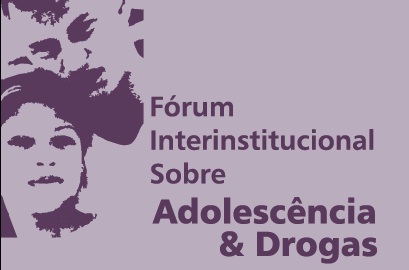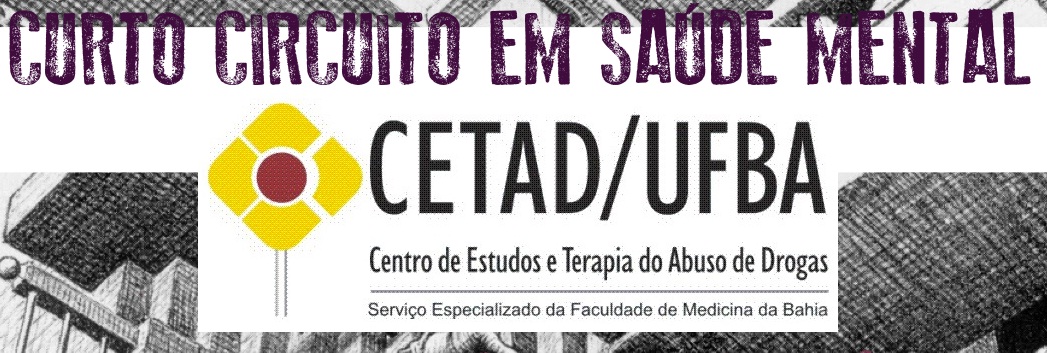Crack cocaine use and its relationship with violence and HIV
por CARVALHO, H. B.; SEIBEL, S. D. em
« Voltar
OBJECTIVES: To evaluate crack cocaine use practices, risk behaviors associated with HIV infection among drug users, and their involvement with violence. INTRODUCTION: HIV infections are frequent among drug users due to risky sexual behavior. It is generally accepted that crack cocaine use is related to increased levels of violence. Several reports point to an increase in violence from those involved in drug trafficking. Although HIV infections and risky sexual behavior among drug users have been quite well studied, there are few studies that evaluate violence as it relates to drugs, particularly crack. METHODS: A total of 350 drug users attending drug abuse treatment clinics in São Paulo, Brazil were interviewed about their risky behaviors. Each patient had a serological HIV test done. RESULTS: HIV prevalence was 6.6% (4.0 to 10.2). Violence was reported by 97% (94.7 to 99.1) of the subjects (including cases without personal involvement). Acts of violence such as verbal arguments, physical fights, threats, death threats, theft, and drug trafficking were significantly higher among crack users. A decrease in frequency of sexual intercourse was observed among users of injected drugs, though prostitution was observed as a means of obtaining drugs. A high number of crack cocaine users had a history of previous imprisonment, many for drug-related infractions. DISCUSSION: The data presented are in accordance with other reports in the literature, and they show a correlation between drug use, imprisonment, violence, and drug trafficking. CONCLUSION: A high HIV prevalence and associated risky sexual behaviors were observed among crack cocaine users. The society and the authorities that deal with violence related to crack users and drug trafficking should be aware of these problems.























